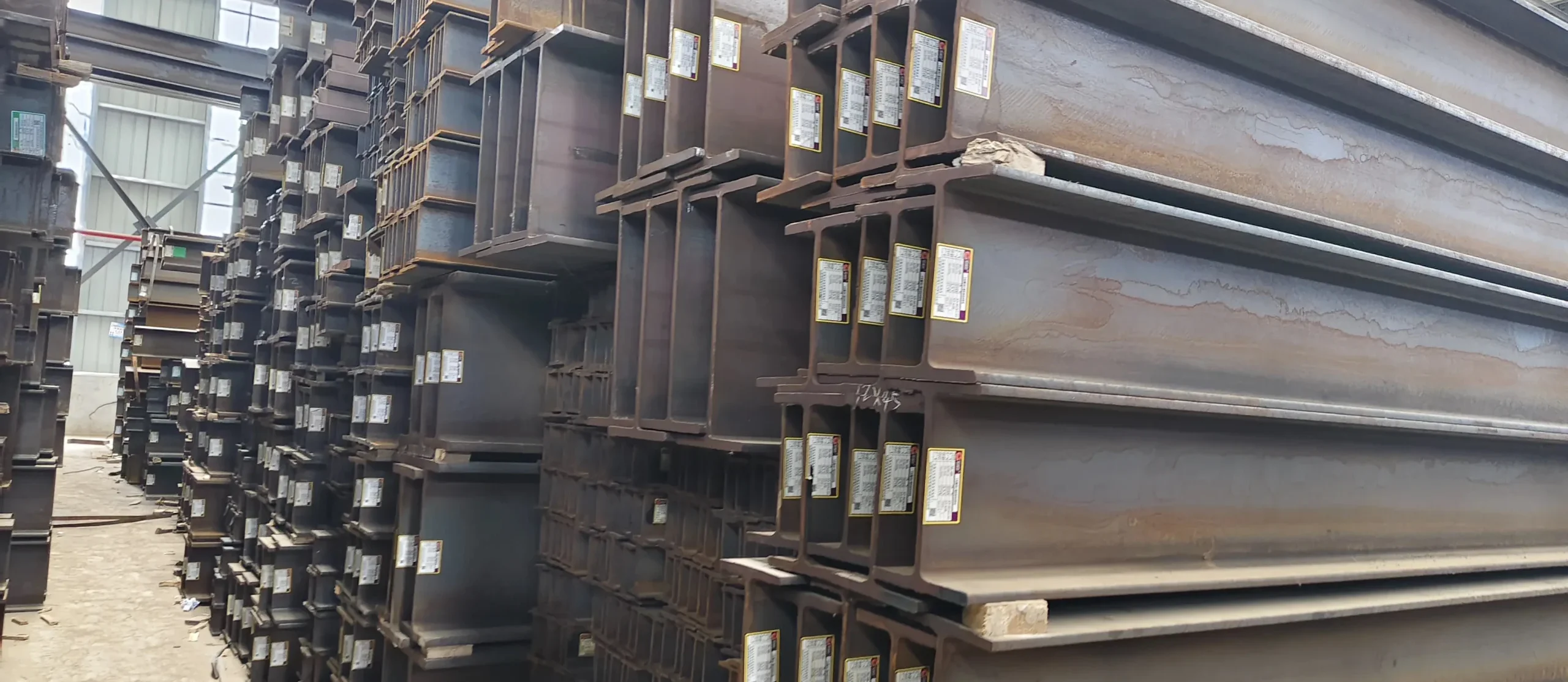What is the ASTM meaning?As a matter of fact , ASTM establishes manufacturing processes and chemical composition requirements for steel pipe, fittings and flange materials. Flanges and stainless steel piping often follow ASTM standards to ensure quality and performance. So,understanding ASTM standards is critical to ensuring quality, safety and sustainability on a global scale.
What Is The ASTM Meaning?
ASTM Meaning Introduction
According to the available information , ASTM (American Society Of Testing Materials) meaning IATM (International Association for Testing Materials) , the predecessor of ASTM.

In the 1880s, a system of technical committees was proposed to resolve disputes between parties in industrial material transactions. These committees would organize representatives to discuss issues such as material specifications and testing procedures.
ASTM is one of the oldest and largest non-profit standards organizations in the U.S. After a century of growth, it has 33,669 members, both individual and corporate. 22,396 members serve as technical experts on ASTM’s major committees. In addition, 105,817 organizations contribute to the development of ASTM standards.ASTM’s primary mission is to develop standards for materials, products, systems, services, and test methods. It also promotes the development and sharing of related knowledge.

Purpose Of ASTM
ASTM was established to establish standards for the characterization and operation of materials, products, systems, and services, and also works to generalize knowledge thereof. Standards in ASTM terminology include test methods, definitions, recommended practices, classifications and specifications.
Content Of ASTM
ASTM is a management system that develops fully consistent standards on a voluntary basis, providing a legally permissible forum for regulation and publication. It enables manufacturers, users, and representatives of the public interest to gain common ground upon which to build standards that best meet the needs of all concerned.
There are no technical research or testing facilities at ASTM headquarters. The technically qualified members of the Society’s global membership would be responsible. And the experience and capabilities at headquarters ensure that this work is carried out productively.
Standardized Content
According to the definition of ASTM, standardization is the development and application of rules for the benefit of all parties concerned and on the basis of their full cooperation with each other, aiming at an orderly solution to a given activity.
Types Of Standards Developed By ASTM
Définition Normes –
Provide a common language for an area of knowledge.
Classification Standards –
Relate to the categorization of items and concepts.
Technical Specification Standards –
Provide boundaries for the characteristics of materials, products, systems, or services.
Recommended Practice Standards –
Recommended steps for performing a given operation.
Test Method Standard –
A standard that specifies a method for performing a measurement task.
Differences Between ASTM Standards And Others
The difference lies in the degree of consistency in the standard-setting process.
Agreement between employees of a company in the design, development, production and marketing departments to achieve consistency in corporate standards.
Protocol among members within an industry (or trade association) to establish consistency in industry standards.
Agreement among members of an occupation (e.g., a professional association) through negotiation to establish consistency in occupational standards.
Agreement by negotiation among employees within a government agency or department, but government standards are usually drafted by a single individual.
Fully consistent standards should achieve the fullest possible agreement among standard setters, users, and interested members of the public throughout the community, as adopted by ASTM, including producers, consumers, and representatives of the public interest in active participation in standards committees. ASTM believes that broad community involvement at the earliest stages of a standard’s development ensures that the standard is technically sound. After rigorous review, the highest level of reputation and confidence underpins business and regulatory operations.
Is The ASTM Standard Mandatory?
The development and use of ASTM standards is generally voluntary, but in the U.S., the additional “ANSI” marking adopted by the Institute is mandatory.

Standard-setting System
The ASTM Institute has technical committees, subcommittees, and working groups. Standards development is the responsibility of the technical committees and begins when industry, trade associations, professional societies, governmental agencies, community groups, universities, or individuals express a need for standards to ASTM. Sometimes the need comes from within ASTM. Working groups are responsible for preparing draft standards, which are reviewed and voted on before being submitted. For subcommittee review and ballot, more than 60% of the members must vote and more than 2/3 of them must vote in favor of the standard. Technical Committee review and vote, more than 60% of the members must vote and 90% of them vote in favor of the adoption.
In this process, individuals who vote against the standard must provide written comments. Once these comments have been resolved, the standard will be published.ASTM has developed standards in more than 100 areas, totaling as many as 10,000 standards, of which 40% have been adopted by countries around the world.
Numbering Method
ASTM Standard Numbering Form:
Standard Code + Letter Classification Code + Standard Serial Number + Development Year + Standard English Name
Standard Designator
ASTM, basically.
Alphabetical Classification Code
A: Ferrous metals .
B: Non-ferrous metals (Copper, Aluminum, Powder Metallurgy Materials, Wires, etc.) .
C: Cement, ceramics, concrete and masonry materials.
D: Various other materials (Petroleum Products, Fuels, Low-strength Plastics, etc.).
E: Miscellaneous (Chemical Analysis Of Metals, Refractory Testing, Non-destructive Testing, Statistical Methods, etc.).
F: Special purpose materials (Electronic Materials, Shockproof Materials, Surgical Materials, etc.).
G: Corrosion, deterioration and degradation of materials.
Standard Serial Number
The serial numbers followed by the letter M are metric unit standards, and those without the letter M are imperial unit standards.
Year Of Establishment
The year in which the standard was developed, with the year in parentheses indicating the year in which the standard was revalidated.
Revised Version
Usually denoted by the letters a, b, c, etc.

Types Of Standardized Information
Technical Specification: A detailed specification of the performance, design and manufacturing requirements for a material, product, system or service.
Guidance: Provides guidance and recommendations on how to apply a particular standard or conduct a particular test, but does not recommend a particular course of action.
Test Method: A process that describes how a material, product, system or service is tested to evaluate its performance or characteristics.
Classification: A method of grouping materials, products, systems, or services according to the same characteristics.
Standard Practice: A defined process for performing one or more specific operations or functions that do not produce test results.
Terminology: A document containing terms, definitions of terms, descriptions of terms, descriptions of symbols, and abbreviations used to explain and define specialized vocabulary in a particular field.
Definition: A clear and unambiguous statement of a particular term or concept.
In addition, ASTM standards include types of test reports and test method availability. Together, they form a complete system of ASTM standards that provide comprehensive technical support and references for a variety of fields.
ASTM Meaning Summary
The ASTM standards numbering system and types of standards information reflect their systematic and standardized nature, which helps users to accurately locate and apply the relevant standards.



